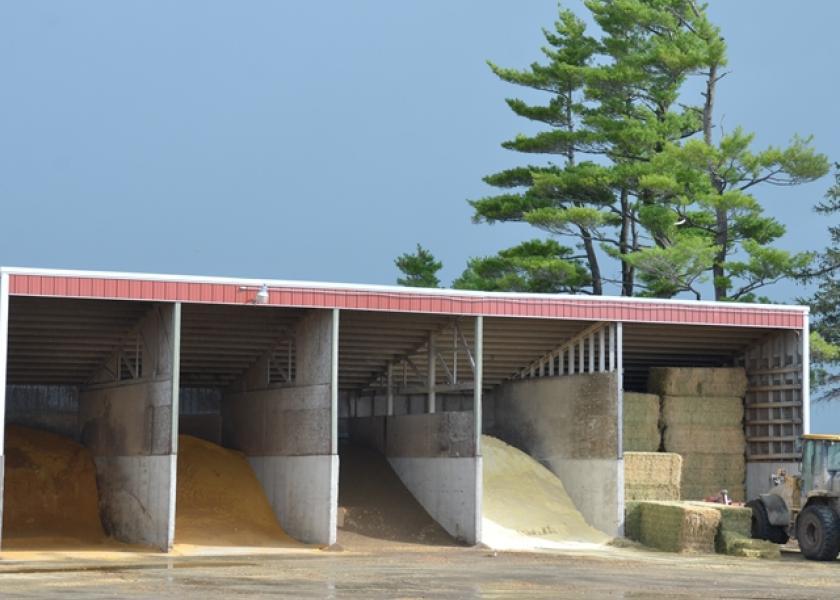Five Tips for Reining in Feed Costs

Waning milk prices, persistently high feed costs, and spotty feed inventories appear to be the emerging financial story of the 2023 U.S. dairy industry.
The delicate dance between preserving production and attempting to curb input costs will remain a challenge this year. Visalia, Calif.-based VAS offers these tips to trim dairy feed bills in the current economic environment:
- Evaluate heifer inventory – If you’re feeding out more heifers than you’ll need in the future, it likely doesn’t make financial sense to keep some of them around at all. Review cull-cow rates, heifer survival rates, and the number of heifers born monthly, and balance those numbers against future replacement needs. Recalibrating the allocation of sexed, conventional, and beef semen also can help tailor heifer inventories more appropriately to herd needs.
- Check for TMR errors – Use feed management software to track TMR mixing routines. Review timing between TMR ration ingredients, volume of ingredients used, and ingredient order. TMR software can catch over- and under-feeding ingredient errors.
- Recalculate feed inventory and regularly walk it – Unfortunately, everything tucked into the bunker, bag, or bay may not make it into the TMR mixer. Routinely monitor for weather-related losses and spoilage issues. Take frequent feed inventories and make timely ration changes to help stretch forages until the next crop is available.
- Dig into shrink and weigh-backs – Set goals for weigh-back weights in distinct feeding groups, and monitor routinely. Keep your feeder aware of cow pen moves and number changes so feed batches can be adjusted accordingly. Feeding software tied to herd management software can automate some of these adjustments.
- Explore alternative feed byproducts – Cows are nature’s best recyclers, and creatively incorporating byproducts can be a sustainable choice that also helps keep costs in check. If forage inventories are tight, byproducts can help stretch them. Possible options are whole cottonseed, wheat midds, soy hulls, and other locally available products. Feeding byproducts early, and at lower inclusion rates, can ease ration transitions while strategically preserving forage supply.







